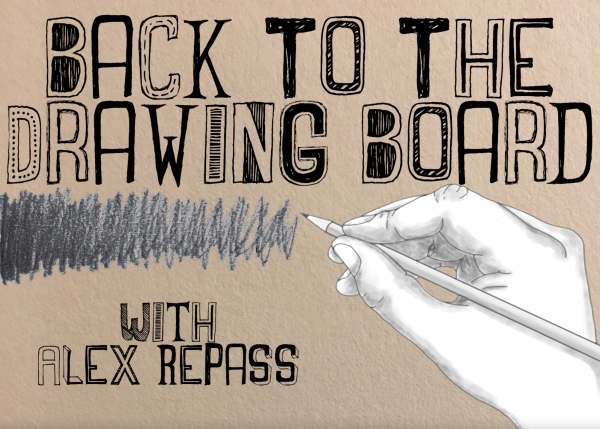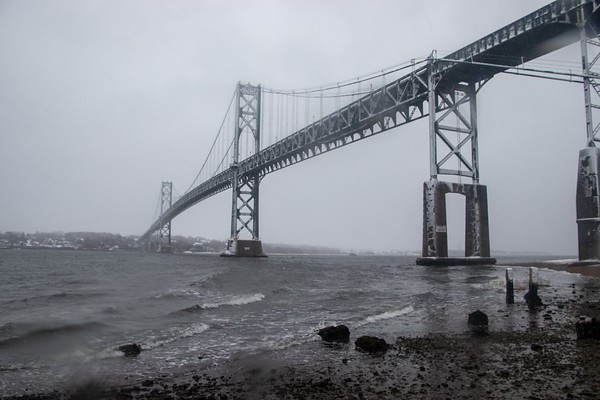Hey, Royals! Leave those jewels alone!
It has been over two weeks since the death of Queen Elizabeth II with her son soon to be crowned as King Charles III. While many have taken the time to mourn such a shocking yet expected loss, many others see this as a time to celebrate. To them, the death of the Queen represents a blow to the institution that colonized so many countries and regions in the past, even if the Queen herself was not directly involved in it. While there are so many artifacts in the possession of the British, there is one that stands out above the rest, the famous Crown Jewels.
Perhaps the most well known of the crown jewels is the Koh-i-Noor Diamond. This gemstone was first acquired by the Mughal dynasty sometime during the early years of their 330-year reign over northern India. The diamond was first used to decorate the throne of Mughal emperor Shah Jahan then changed owners when Persia, led by Nader Shah, invaded the region in 1739. Eventually, by 1813, the diamond returned to India under the rule of Sikh emperor, Ranjit Singh, though not for long as the British East India Company (EIC) had their sights set on India. After Singh’s passing in 1839 and a slew of changes to the sitting ruler, the British took over the region in 1849 and the Koh-i-Noor Diamond along with it.
Since then, the gemstone has gone through several uses. First, it was used as a brooch for Queen Victoria (the process of turning the diamond into jewelry reduced its size by half). It eventually became part of the crown jewels in the crown of Queen Alexandra then of Queen Mary. Its present use is in the Crown of Queen Elizabeth, the Queen Mother which was made in 1937 for the Queen’s coronation. After being on public display in the Tower of London for many years, Queen Consort Camilla is expected to wear it at her coronation ceremony.
There has been a lot of controversy surrounding not only the Koh-i-Noor diamond, but the vast treasury of artifacts and relics currently residing in Britain and the fact that the continued ownership and display of these items is, in a way, continuing the power structure of the United Kingdom being a colonizing nation. It is not just Britain that is guilty of this, either. So many other countries are in possession of ancient artifacts of great cultural import with demands to return them, and some of them are. For example, you see Germany returning artwork stolen from countries during their occupation by the Nazis. Another is Austria’s possession of Aztec Emperor Montezuma II headdress. In this case, however, demands to return the artifact to Mexico were listened to, however, the item was deemed too fragile to move overseas.
To me, the answer is simple. Just return these items to their places of origin. If people genuinely care about learning the history behind them, they can and should do it in the same places they were created. There is no reason to hold on to these artifacts as if they were your own. They hold such cultural significance to their homelands that, even if you try to make some sordid excuse for them to remain with the colonizing nations, you cannot deny they would be taken care of more in their place of origin.

Sam Elwell is the Managing Editor for The Hawks' Herald who has also served as the Opinions Editor (2021-2022) as well as a staff writer (2020...





